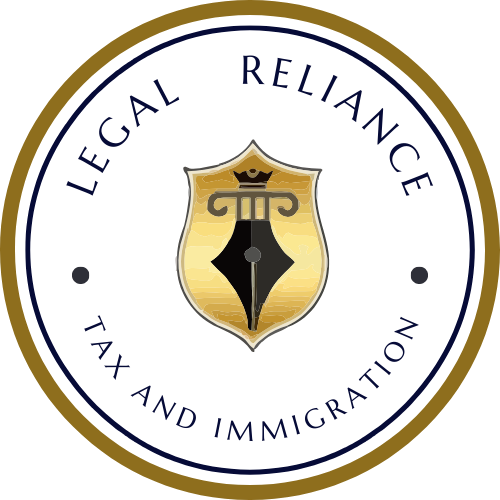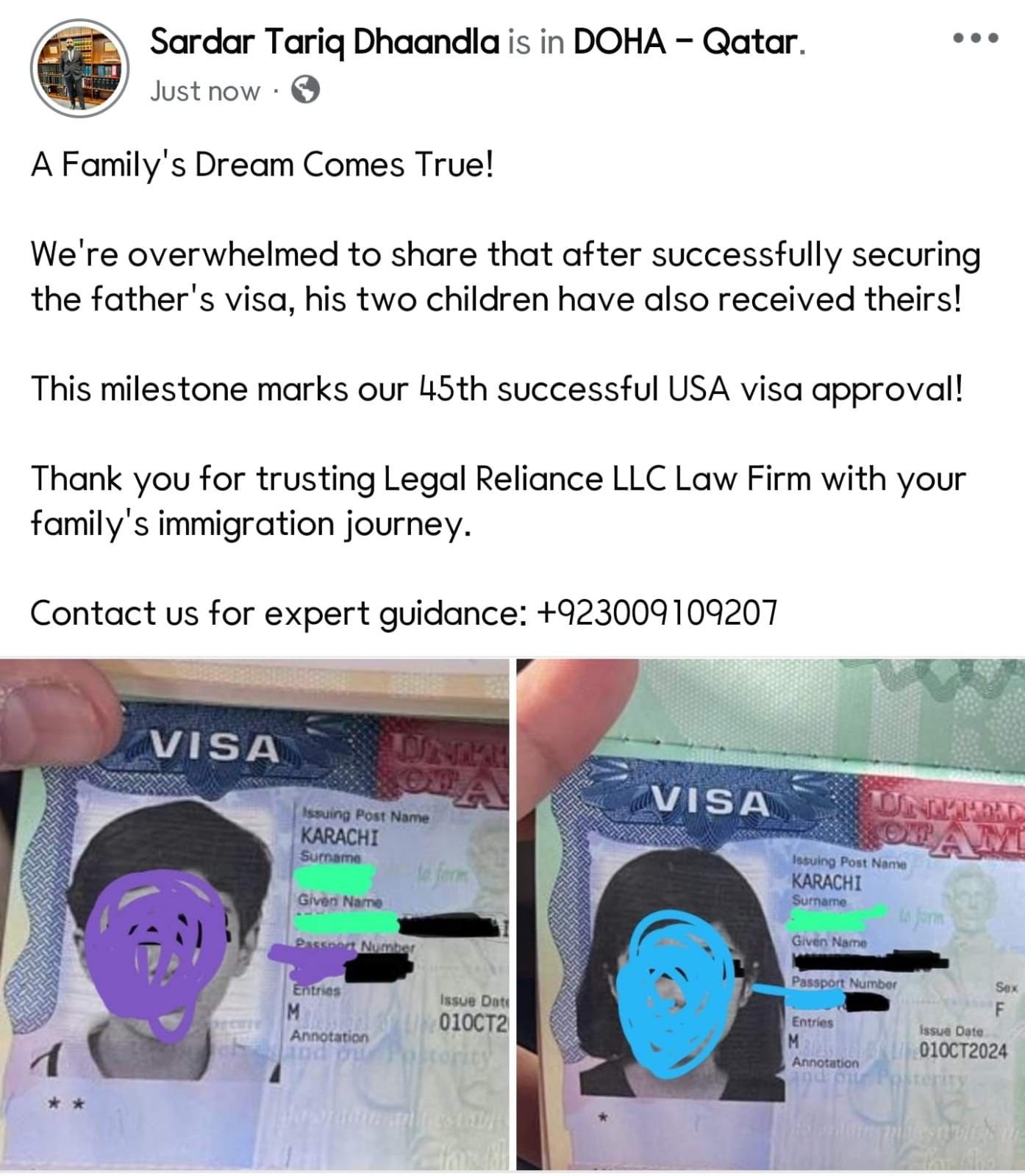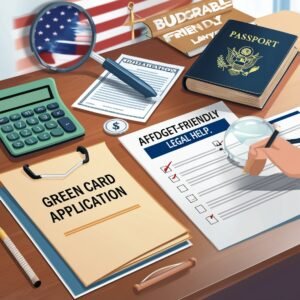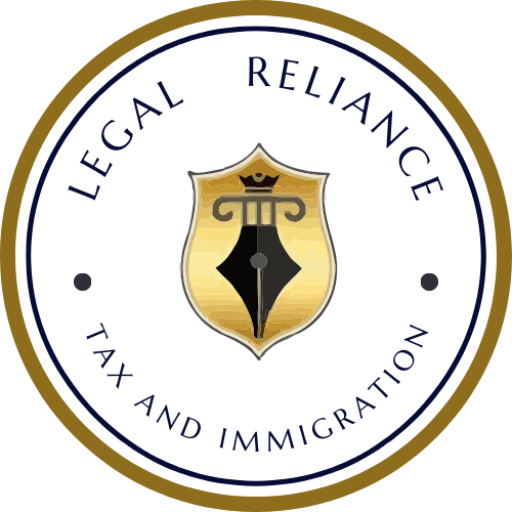If you’re exploring the world of U.S. immigration through entrepreneurship, you’ve likely heard of the E-2 Treaty Investor Visa. It’s a fantastic opportunity for entrepreneurs from treaty countries to enter and work in the United States by making a substantial investment in a U.S.-based business. But here’s a critical question that often pops up: What kind of proof do I need to show for my E-2 investment?
Whether you’re starting a business from scratch or buying an existing one, proving your investment is a fundamental part of getting your E-2 visa approved. This guide will break down everything you need to know step by step, in plain English so you’re ready to submit a winning application.
1. What is the E-2 Visa and Why Investment Proof Matters
Before we dive into the documents, let’s quickly revisit the purpose of the E-2 visa. The E-2 visa is meant for foreign nationals from treaty countries who are investing a substantial amount in a bona fide U.S. business. It allows the investor to live and work in the U.S. to develop and direct the business.
But the U.S. immigration authorities won’t just take your word for it. You need to prove that your investment:
- Is real and active (not passive or speculative)
- Is substantial (enough to make the business operational)
- Is committed and at risk (not just sitting in your account)
- Is directed toward a lawful U.S. enterprise
2. Bank Statements and Wire Transfers
This is usually the first line of proof. The U.S. government needs to trace your funds from the source to your U.S. business. You’ll need to provide:
- Personal or business bank statements showing the initial capital
- Wire transfer receipts or SWIFT messages confirming funds were sent to a U.S. account
- Proof the money was moved from your country to the U.S.
Pro tip: Make it easy for the consular officer to follow the money trail. Add notes or a flow chart showing the path of investment funds.
3. Business Purchase Contracts (If Buying a Business)
If you are purchasing an existing business, you must present:
- A signed purchase agreement
- Proof of payment, such as a bank transfer, cashier’s check, or escrow confirmation
- An asset list or details on what’s included in the deal
If the transaction is still pending approval of the visa, you can use an escrow arrangement, where the funds will be released only upon visa approval.
4. Receipts of Spending on Business Expenses
Your investment must be “at risk” meaning it’s already spent or irrevocably committed. This includes:
- Rent or lease deposits for commercial space
- Inventory or supply orders
- Equipment purchases (laptops, tools, furniture)
- Initial marketing and advertising
- Legal or consultant fees for setup
- Payroll if you’ve already hired staff
Every dollar should be supported with a receipt or invoice that matches your business plan.
5. Invoices and Contracts with Vendors or Clients
In addition to showing where your money went, it’s helpful to show operational readiness. This includes:
- Service contracts with vendors or partners
- Invoices paid to suppliers or service providers
- Client contracts showing future income
This shows that your business is not just funded it’s actively moving.
6. Business Formation and Legal Documents
The business must be lawfully established in the U.S. Here’s what you’ll need:
- Articles of Incorporation or LLC formation documents
- EIN confirmation letter from the IRS
- Business licenses or permits from your state or city
- Operating Agreement (for LLCs) or corporate bylaws (for corporations)
These confirm that your business is real, legal, and ready to operate.
7. Business Bank Account Statements
An active U.S. business bank account is a strong signal of legitimacy. Provide:
- Statements showing the business account’s opening balance
- Transactions linked to expenses, payroll, or vendor payments
- Connection to the personal funds you invested
Again, show the trail where the money came from, and how it was used.
8. Escrow Agreements (If Applicable)
Some investors use an escrow account for safer transactions. This is allowed if structured correctly. Submit:
- A signed escrow agreement
- Release terms tied to visa approval
- Identity of the escrow agent and confirmation of funds held
The idea is to prove that your money is already committed, even if not released yet.
9. Business Plan (A MUST-HAVE)
Your business plan isn’t just paperwork it’s one of the most critical documents for E-2 approval. It shows how your business will succeed in the U.S. and benefit the economy.
Your plan should include:
- Executive summary
- Description of products/services
- Market and competition analysis
- Hiring strategy and job creation plan
- 5-year financial projections
- Startup and operating costs
- Marketing strategy
Bonus: Make your projections realistic, not overly optimistic. Use U.S. data and industry benchmarks.
10. Proof of Ownership and Control
You must show you own at least 50% of the business or have operational control. Include:
- Share certificates or capital contribution records
- Operating Agreement showing your role and decision-making power
- A cap table (capitalization table) for clarity if multiple owners are involved
This step is vital without majority ownership or control, your E-2 case will likely be denied.
11. Payroll Setup or Hiring Plans
Though not mandatory from the start, showing job creation plans helps prove your business won’t be marginal. Include:
- Payroll service setup
- Employee offer letters or W-4s
- Job ads you’ve posted
- Budget for future hires
This adds value to your case and improves the chance of approval.
12. Tax and Accounting Records (If Business Is Already Running)
If the business is already operating, submit:
- Last year’s tax return (if available)
- Profit & Loss (P&L) statement
- Balance sheet
- Income statements
- Bookkeeping records
These documents speak volumes about the business’s stability and potential.
13. Visual Evidence and Operational Proof
Adding photos, website links, and marketing materials can make your case more tangible. Include:
- Photos of your office or storefront
- Website screenshots
- Business cards, brochures, and online ads
- Social media profiles or email campaign previews
These prove that the business is real, visible, and running.
Conclusion: Clarity and Credibility Are Key
The E-2 visa application is more than just submitting forms it’s about telling a compelling business story backed by proof. Every dollar invested should have a paper trail. Every claim you make must be verifiable.
To summarize, the most important proof for an E-2 investment includes:
- Clear financial records
- Receipts and contracts
- Legal business documents
- Ownership and business activity evidence
- A realistic, detailed business plan
If you gather the right documentation and organize it professionally, you’ll give the U.S. consulate or USCIS every reason to approve your E-2 visa.








